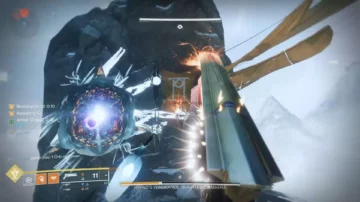Time to compare the esteemed Baldur’s Gate 3 with its Larian Games siblings
Larian Studios’ Baldur’s Gate 3 has been met with high expectations as it follows in the footsteps of the critically acclaimed Baldur’s Gate games and Larian’s own celebrated Divinity series. The Divinity series, particularly with its sequel Divinity: Original Sin II, set an exceptional standard for fantasy role-playing games with its tactical turn-based combat, a diverse cast of characters, and an emphasis on intricate rules and complexity.
These same features have been incorporated into Baldur’s Gate 3. While Divinity: Original Sin 2 was a tremendous success for Larian, Baldur’s Gate 3 has been deemed by many to be an even more exceptional role-playing experience due to various factors. This article will explore many aspects that the latter game has improved on the groundwork provided by Larian Game’s previous highly esteemed entries in the Divinity series.
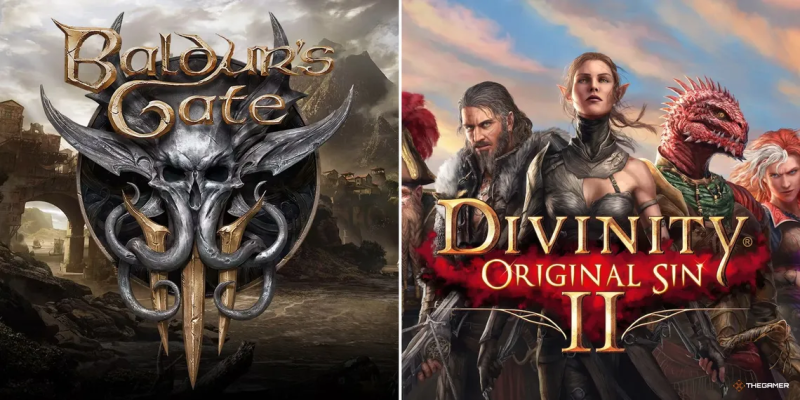

Credit: THEGAMER
Baldur’s Gate 3 Contends for High Praise for its Approach to Narrative
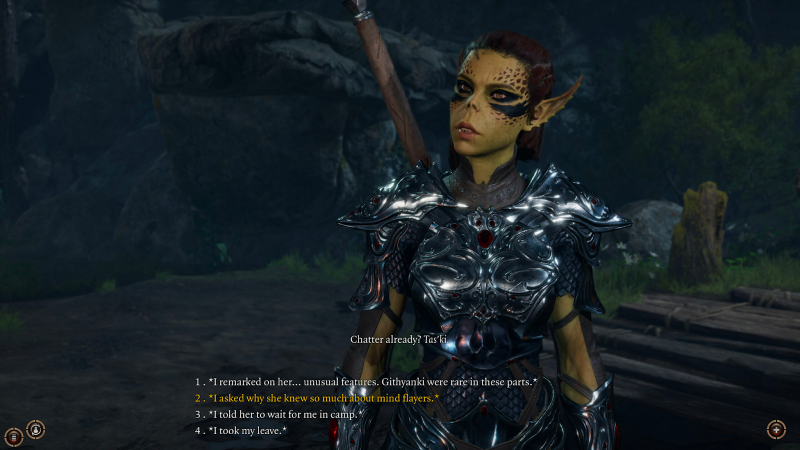

If you’ve enjoyed games like DOS2, you’re likely familiar with well-written characters that bring depth and personality to the game. However, Baldur’s Gate 3 takes it up a notch with a fully voiced cast of companions and non-player characters. The attention to detail is impressive, with nearly every line of dialogue voiced, including the narrator providing descriptions and insight. This creates a narrative environment reminiscent of a tabletop game, with the added benefit of an immersive video game experience. If you’re a fan of DnD, this title will win your heart.
The Approachable Gameplay Surely Contributed to the Game’s Success
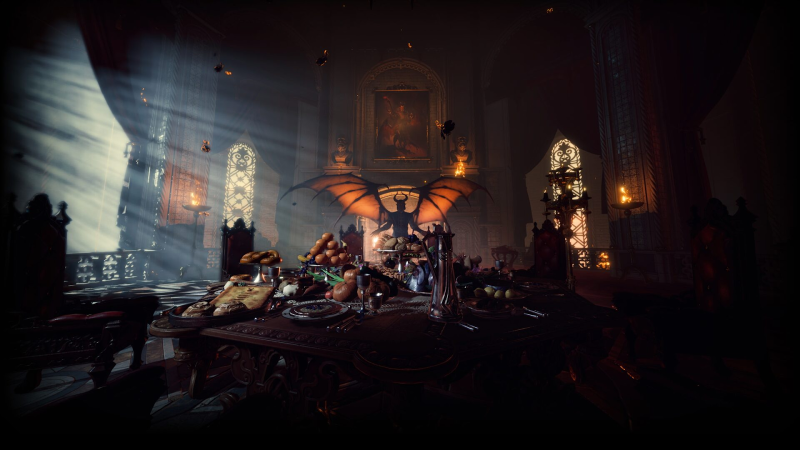

Although both BG3 and Divinity Original Sin 2 share the same engine, BG3 incorporates updated technology and various changes to game systems to match its newer version. BG3’s rules are based on DnD 5e, and, similar to DOS2, each custom character and Origin hero has six basic ability scores and a more extensive list of skills that serve as sub-categories of abilities.
These abilities contribute to a critical feature of Dungeons & Dragons – rolling dice. Though all the dice are virtual, this mechanic is front and center in BG3. Ultimately, BG3’s updated technology and dynamic gameplay provide an immersive experience that sets it apart from its predecessor.
In Divinity: Original Sin 2, success or failure is determined through various complex methods, including skill percentages, stat thresholds, and other factors. However, Baldur’s Gate 3 simplifies this system using a single method: difficulty classes. Whenever an action’s success is uncertain, the game rolls a 20-sided die and adds bonuses from character sheets and situational modifiers. The resulting number is then compared to a pre-determined number to determine success or failure.
This system is used actively in dialogues and cutscenes and passively for checks such as perception and arcana during exploration. Overall, Baldur’s Gate 3’s simplified design makes it easier to understand the chances of success for any given action, which the genre’s newer audience relishes.
When playing Baldur’s Gate 3, you might notice similarities to other games made by Larian. However, the game has changed significantly to make it simpler and more accessible. Although some fans might miss the intricate and complex systems of previous Larian titles, Baldur’s Gate 3 follows the design philosophy of the fifth edition of DnD, prioritizing ease of entry and providing various options for players.
This approach is similar to how tabletop games evolve with new editions that help new players learn while still offering depth and complexity for veterans.
Baldur’s Gate 3’s Combat Captures the True Dungeons & Dragons Experience
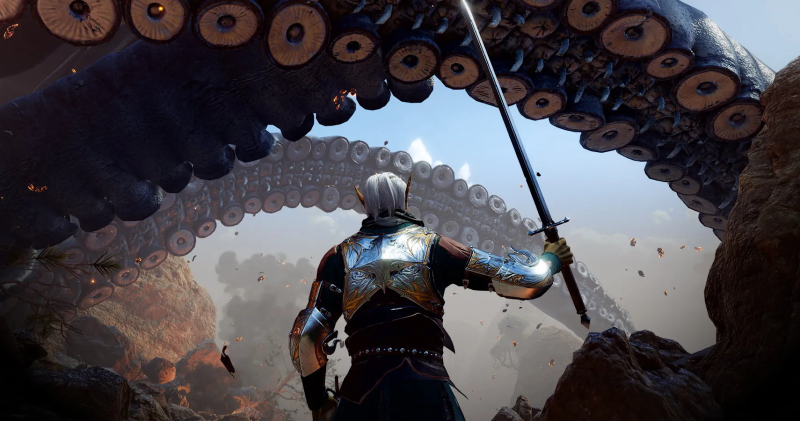

How turn-based combat is executed across the Divinity games and Baldur’s Gate 3 differs significantly. Divinity utilizes a round-robin initiative, meaning that two party members cannot take turns consecutively. Baldur’s Gate 3 follows the Dungeons & Dragons 5e rules for ordering turns based on the outcome of dexterity skill checks.
In combat, DOS2 grants each character a specialized list of skills, each utilizing action points from a pool. On the other hand, BG3 offers a list of common actions that every character can perform, along with spells, special attacks, and item actions that vary between characters and require an action or bonus action.
Baldur’s Gate 3, continuing its tradition of drawing inspiration from DnD, presents a well-curated selection of equipable spells and combat features. These options are familiar to many and can be easily accessed by multiple characters. In addition to the classic characteristics, the game introduces a few new additions and tweaks to balance the environmental combat and provide ample content for low-level players. Baldur’s Gate 3 sets a cap at level 12 to avoid the power creep in higher levels of DnD play.
Conclusion
Baldur’s Gate 3 has come a long way since its launch in early access. With the official PC release of the game, it has garnered significant interest and positive feedback from gamers worldwide. It’s a game designed to cater to the individual preferences of players, trading complexity in some regards for approachability and highlighting many of the best features of the DnD 5e system.
One cannot deny that both Baldur’s Gate 3 and the Divinity series are excellent role-playing games, each with unique features. However, Baldur’s Gate 3 stands out as a massive and multifaceted game that will satisfy Dungeons & Dragons and Larian Studios fans.
For more exciting news on gaming, keep an eye on ESTNN.
- SEO Powered Content & PR Distribution. Get Amplified Today.
- PlatoData.Network Vertical Generative Ai. Empower Yourself. Access Here.
- PlatoAiStream. Web3 Intelligence. Knowledge Amplified. Access Here.
- PlatoESG. Automotive / EVs, Carbon, CleanTech, Energy, Environment, Solar, Waste Management. Access Here.
- PlatoHealth. Biotech and Clinical Trials Intelligence. Access Here.
- ChartPrime. Elevate your Trading Game with ChartPrime. Access Here.
- BlockOffsets. Modernizing Environmental Offset Ownership. Access Here.
- Source: https://estnn.com/things-baldurs-gate-3-is-better-than-larian-games-crpgs/
- 11
- 12
- 13
- 400
- a
- abilities
- ability
- access
- accessed
- accessible
- acclaimed
- across
- Action
- actions
- Actively
- added
- ADDITION
- additions
- adds
- All
- along
- Although
- Ample
- an
- and
- any
- apart
- approach
- ARE
- article
- as
- aspects
- At
- attacks
- attention
- audience
- avoid
- balance
- Baldur's Gate
- baldur’s gate 3
- based
- basic
- BE
- been
- benefit
- BEST
- Better
- between
- bonus
- Bonuses
- both
- bring
- by
- CAN
- Cap
- cater
- celebrated
- Center
- chances
- changed
- changes
- character
- characteristics
- characters
- Checks
- classes
- Classic
- combat
- come
- Common
- companions
- compared
- complex
- complexity
- Conclusion
- content
- continuing
- contribute
- contributed
- creates
- critical
- custom
- deemed
- depth
- Design
- designed
- detail
- determine
- determined
- dialogue
- DICE
- die
- difficulty
- diverse
- Divinity: Original Sin
- does
- Drawing
- due
- Dungeons & Dragons
- During
- dynamic
- each
- Early
- early access
- ease
- easier
- easily
- edition
- Editions
- emphasis
- engine
- enjoyed
- entry
- Environment
- environmental
- esteemed
- even
- Every
- Evolve
- exceptional
- Exciting
- executed
- expectations
- experience
- exploration
- explore
- extensive
- eye
- Factors
- Failure
- familiar
- fan
- fans
- FANTASY
- Feature
- Features
- feedback
- few
- follows
- For
- from
- front
- fully
- game
- gameplay
- Gamers
- Games
- Games Like
- Gaming
- given
- grants
- hand
- has
- Have
- heart
- help
- Hero
- High
- higher
- highlighting
- highly
- How
- however
- HTTPS
- if
- ii
- image
- immersive
- impressive
- Improved
- in
- Including
- incorporated
- individual
- Initiative
- insight
- Inspiration
- interest
- into
- Introduces
- Is
- IT
- ITS
- keep
- Larian Studios
- launch
- LEARN
- Level
- levels
- like
- likely
- Line
- List
- Long
- made
- make
- MAKES
- many
- massive
- Match
- meaning
- Members
- met
- Method
- methods
- might
- more
- multiple
- narrative
- nearly
- New
- news
- notice
- number
- of
- offering
- Offers
- official
- on
- Options
- or
- Origin
- original
- Other
- out
- Outcome
- overall
- own
- particularly
- Party
- PC
- Percentages
- perception
- perform
- Personality
- philosophy
- plato
- plato data intelligence
- platodata
- platogaming
- play
- players
- Playing
- Points
- pool
- Positive
- power
- preferences
- presents
- previous
- prioritizing
- Provide
- provided
- providing
- RE
- regards
- release
- reminiscent
- require
- resulting
- Role-Playing
- Rolling
- rolls
- rules
- s
- same
- selection
- sequel
- Series
- serve
- set
- sets
- Share
- significant
- significantly
- similar
- similarities
- simpler
- simplified
- since
- single
- SIX
- skill
- skills
- some
- special
- specialized
- standard
- stands
- still
- success
- such
- system
- Systems
- Tabletop
- tactical
- Take
- takes
- Technology
- than
- that
- The
- the dice
- The Game
- then
- These
- things
- this
- though
- Through
- Title
- titles
- to
- Trading
- tradition
- tremendous
- true
- turns
- tweaks
- two
- ultimately
- Uncertain
- Understand
- unique
- up
- updated
- used
- using
- utilizing
- various
- ve
- version
- Veterans
- Video
- Virtual
- was
- way
- whenever
- while
- will
- win
- with
- worldwide
- you
- your
- zephyrnet



